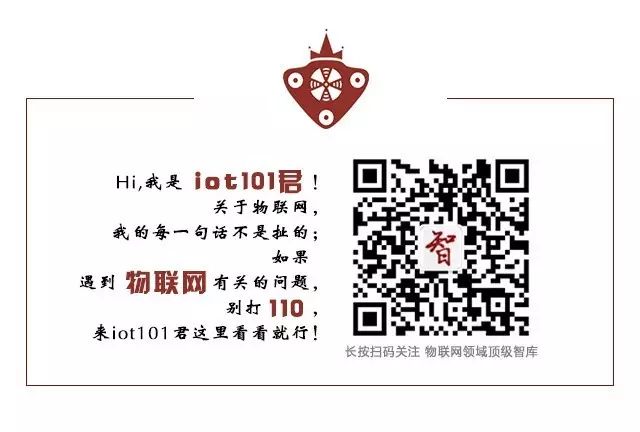
Author: IoT Queen (Peng Zhao)
IoT Think Tank Original
Please indicate the source and origin when reprinting
—— [Introduction] ——
Some have taken a different approach, attempting to combine local technologies such as BLE, WIFI, and Zigbee with wide-area technologies like NB-IoT and LoRa at the chip or module level. When you hear this idea, isn’t your first reaction that it’s unreliable?
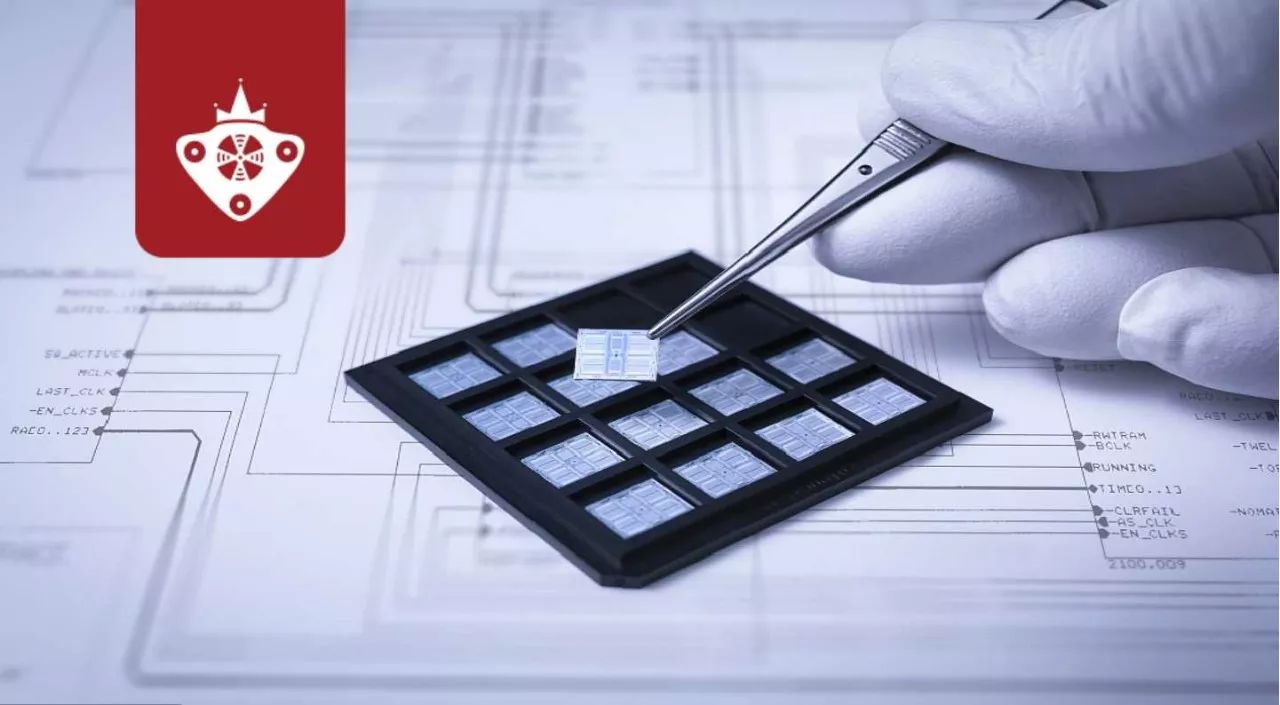
This is my 47th article written in the IoT Think Tank| IoT Queen Column |.
In the field of the Internet of Things, there are various communication technologies. Based on transmission distance, within the local wireless network category, there are widely used technologies such as BLE, WIFI, Zigbee, and sub-1G for scenarios like wearables, home, and enterprise; while for wide-area wireless networks, there are technologies specifically for low-speed, low-power, and wide-coverage IoT services, such as LoRa, NB-IoT, and eMTC.
According to the latest data from market research firm Gartner, by 2025, 72% of all IoT connections will use short-range transmission technologies like WIFI and Zigbee. Meanwhile, low-power wide-area networks, including technologies like Sigfox, LoRa, and NB-IoT, will account for 11% of IoT connections by 2025.
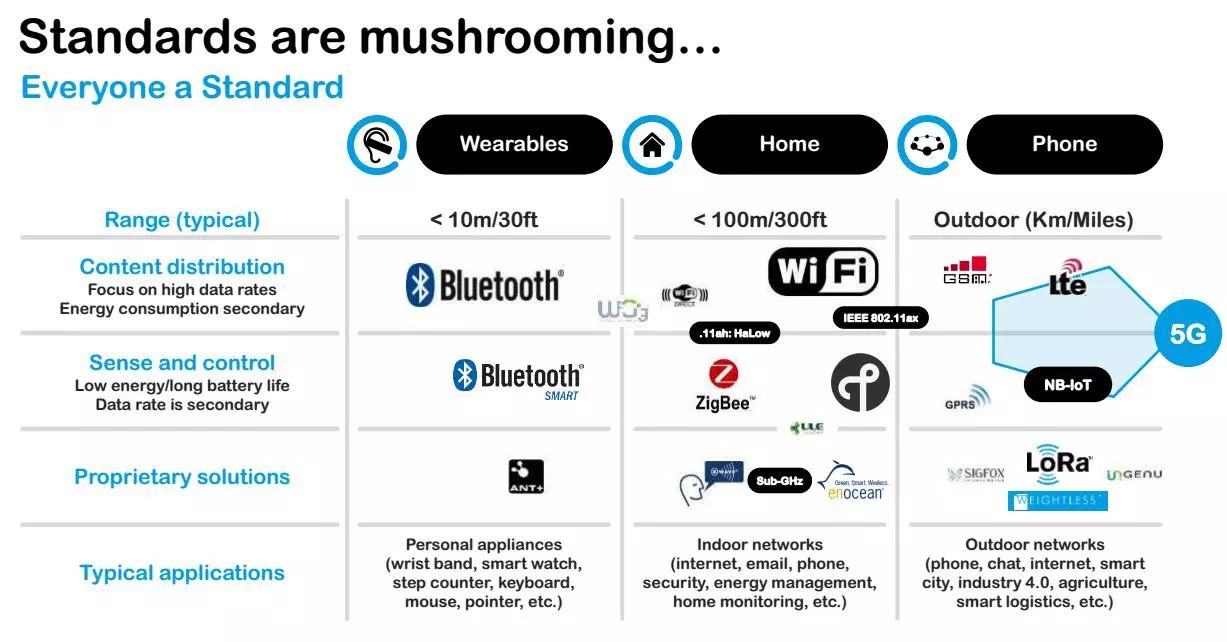
With various technologies competing, how should IoT practitioners choose? Many chip and module manufacturers adopt a strategy of betting on multiple protocols simultaneously. Common examples include single chips that support BLE, Zigbee, Apple Homekit, and Google Thread, or multi-mode products that support NB-IoT, eMTC, and E-GPRS.Regardless of how they are combined, it generally follows the pattern of local technology + local technology or wide-area technology + wide-area technology.
However, some have taken a different approach, attempting to combine local technologies like BLE, WIFI, and Zigbee with wide-area technologies such as NB-IoT and LoRa at the chip or module level. When you hear this idea, isn’t your first reaction that it’s unreliable?
“What is your application scenario for this approach?”
“LPWAN is designed for low power consumption, how can you talk about low power when you mix it with WIFI?”
……
Answers to these questions are still in the early stages, and this article presents some beneficial attempts.
The colorful autumn not only sees a trend in mixed clothing but also in the IoT field, where the previously unrelated BLE, WIFI, Zigbee, and NB-IoT, LoRa combinations are creating a trend.
With the explosion of the NB-IoT market, ARM acquired two companies in related fields, Mistbase and NextG-Com, actively positioning itself. Mistbase is a Swedish company providing complete NB-IoT physical layer solutions. NextG-Com is a UK company offering a complete 2nd and 3rd layer software stack for NB-IoT. In addition to leveraging the software and hardware expertise of these companies, ARM has also invested in wireless communication design to provide a complete NB-IoT chip solution, extending from application software to antennas.
After the acquisitions, ARM enriched and improved its Cordio product line, providing a complete low-power wide-area network solution based on NB-IoT and offering complete wireless communication services from wireless personal area networks (WPAN) to applications with Bluetooth 5 and IEEE 802.15.4 standards. This undoubtedly laid the foundation for the combination of BLE, Zigbee, and NB-IoT.
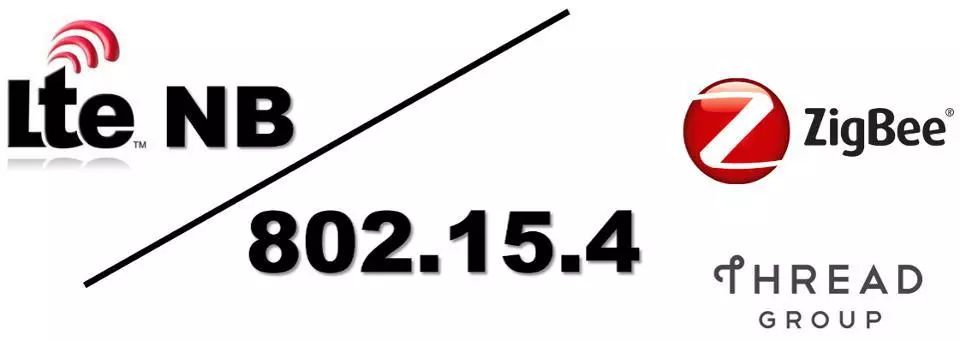
The startup Pycom is a manufacturer of multi-mode IoT communication development boards and modules. Makers can quickly design and connect devices using various technologies with Pycom’s new hardware, including: short-range communication technologies Wi-Fi and BLE; LPWAN communication technologies LoRa, Sigfox, NB-IoT, and Cat M1.

For example, the L01 module and LoPy development board support the LoRa long-range wireless protocol, Wi-Fi, and Bluetooth connections. With MicroPython scripts, the programming speed of the device can be increased by 10 times, and when used as a LoRa Nano gateway, it can connect up to 100 LoPy devices within a 5 km radius.
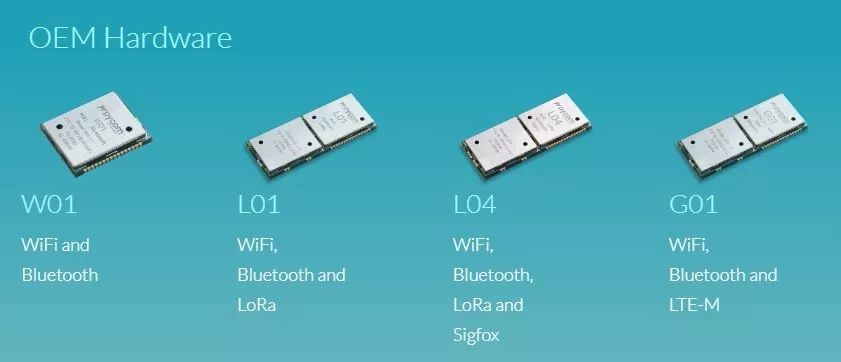
However, Pycom’s products are positioned as small gateways, primarily targeting developers and enthusiasts, limiting their application domains.
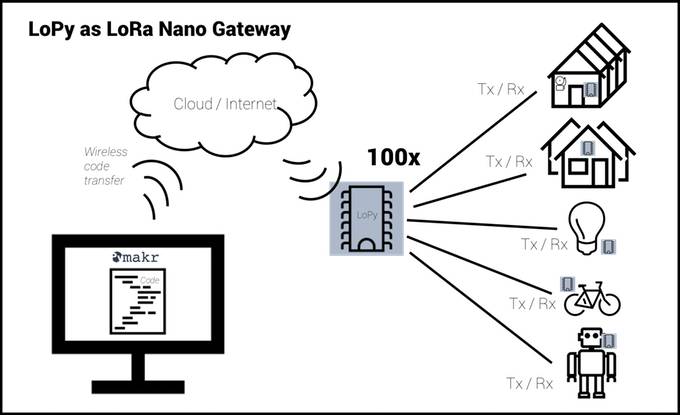
Following that, Telit launched a module that combines LoRaWAN protocol with BLE, which is already on the market. The new module fully complies with the latest LoRaWAN standards and is an ideal solution for public or private networks, smart metering, remote sensing, industrial automation/monitoring and control, wireless alarm and security systems, agriculture, asset tracking, street lighting, and smart city applications.
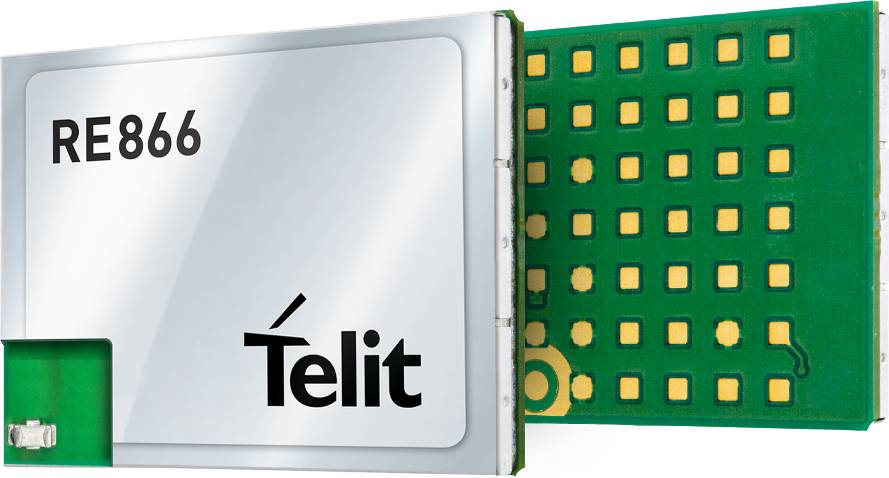
Telit model RE866 supports the unlicensed LPWAN LoRaWAN standard and BLE near-field communication capabilities in the 863-931 MHz band. It provides a long-range LoRaWAN radio link and different BLE peripheral and central functions. This module has complete wireless transmission capabilities and can follow the evolution of standards through remote firmware installation and upgrades.
It serves as a natural gateway between connected BLE sensor devices and sends data to the LoRaWAN protocol network. The RE866 is also pin-compatible with the NE866 (LTE Cat NB) module, allowing for a rapid transition from licensed standards to unlicensed standards at very low or zero cost.
At this point, you might notice a common confusion among the products mentioned above: the pain points and application scenarios are unclear. What pain points can the combination of local technologies like BLE, WIFI and wide-area technologies like NB-IoT, LoRa solve, and where are the market breakthroughs? A company named Sensoro is trying to clear the fog and provide clear answers.
After communicating with over 2,100 customers, they found that the smart home market, which giants are entering en masse, does not have a clear demand, with only less than 20% of customer needs expressed. In stark contrast, the demand for positioning devices is exploding.
So they went to Shenzhen and spent 10 months conducting research, visiting numerous so-called “shanzhai factories”. Some things were beyond imagination; usually, a small factory can ship 5-6 million positioning devices annually, and according to estimates, there are at least 50 such white-label companies in Shenzhen, resulting in nearly 300 million shipments each year. Although the products are relatively low-end, they are genuine.
If we look at the market distribution of these positioning products, they mainly focus on three categories of positioning needs: “people”, “vehicles”, and “objects”. (Of course, vehicles are also a type of object, but their uniqueness lies in being carriers of objects.) Among them, the demand for positioning regarding “people” only accounts for 20%; the demand for various “vehicles”, such as motorcycles, cars, industrial vehicles, and various “objects”, such as cows, sheep, and pigs, accounts for 80%.

During the research, a guy from a white-label company asked them, “Do you know how many black pigs there are in Sichuan?” He then answered himself: in a small area near Linzhi close to the Tibetan region, over 40 million free-range black pigs are located, which are ecological pigs and are important assets for local people. They were completely stunned at the time.
For the market demand of positioning services, previous solutions often used GPRS + GPS; now they have developed a dual-mode SiP integrated combination chip using LoRa + BLE, which is already in mass production. The combination of BLE short-range technology and low-power LoRa can provide long-distance data relay. Both technologies are low-power and do not require frequent battery replacements:
-
BLE connects small wireless devices to any needed physical location, creating an integrated short-range network that can work for a long time without battery replacement and can be controlled anytime and anywhere via a smartphone or tablet.
-
LoRa provides long-term secure two-way data transmission and communication, allowing BLE-driven network devices to communicate over long distances with the entire IoT network in a very low-power manner. LoRa can send and receive signals over distances of up to 15 kilometers, and by adding additional gateways, the distance can be extended to hundreds of kilometers.
They applied the LoRa + BLE dual-mode SiP in smoke sensors, using it as an indoor anchor, where LoRa is responsible for remote device management communication, and BLE is responsible for positioning and navigation, seamlessly integrating short and long-distance communication, replacing the previous sub-1G solution that required frequent battery replacements.
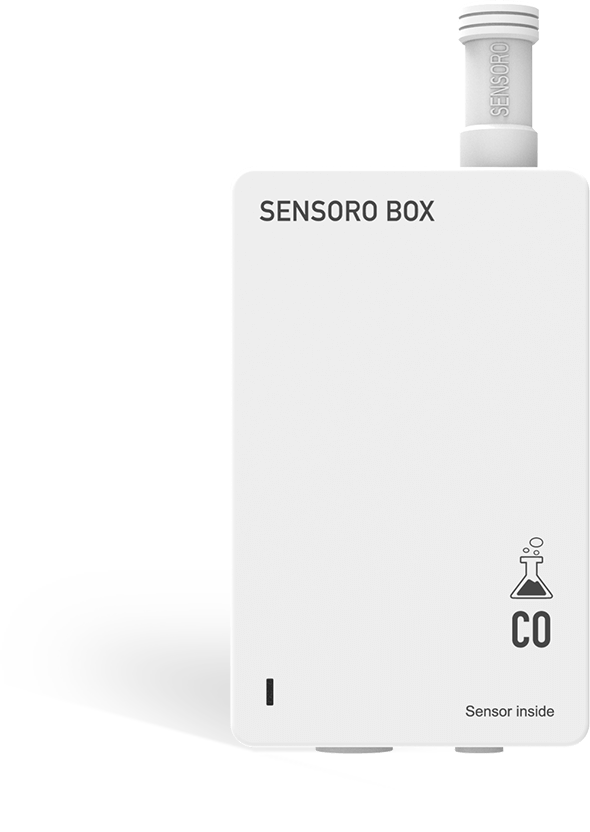
Based on the calculations during use, the new solution can save approximately 78% in costs, coming from three aspects: first is the chip cost, second is the cost of the communication link itself, and third is the reduction in labor costs with the same battery capacity.
Coincidentally, Xunxi Electronics also launched a Bluetooth + LPWAN positioning service system, which collects various near-field sensing data through iBeacon and returns the data collected by sensors via LoRaWAN.
The road ahead is full of controversy. In addition to the LoRa + BLE and LoRa + GPS dual-mode SiP, this company is also challenging another “extreme” in combinations: developing chip-level NB-IoT + WIFI dual-mode chip products.
Speaking of this, we must mention two previous articles in which the IoT Think Tank analyzed the complementary effects between low-power wide-area networks (LPWAN) and local area networks (LAN) in articles titled “How NB-IoT and WIFI Coexist in Consumer Devices?” and “Several Typical Cases of Complementary Effects between NB-IoT/ LoRa/ eMTC and Bluetooth/ WIFI” and proposed that the mixed use of multi-mode communication technologies may lead to breakthroughs in supported application scenarios.
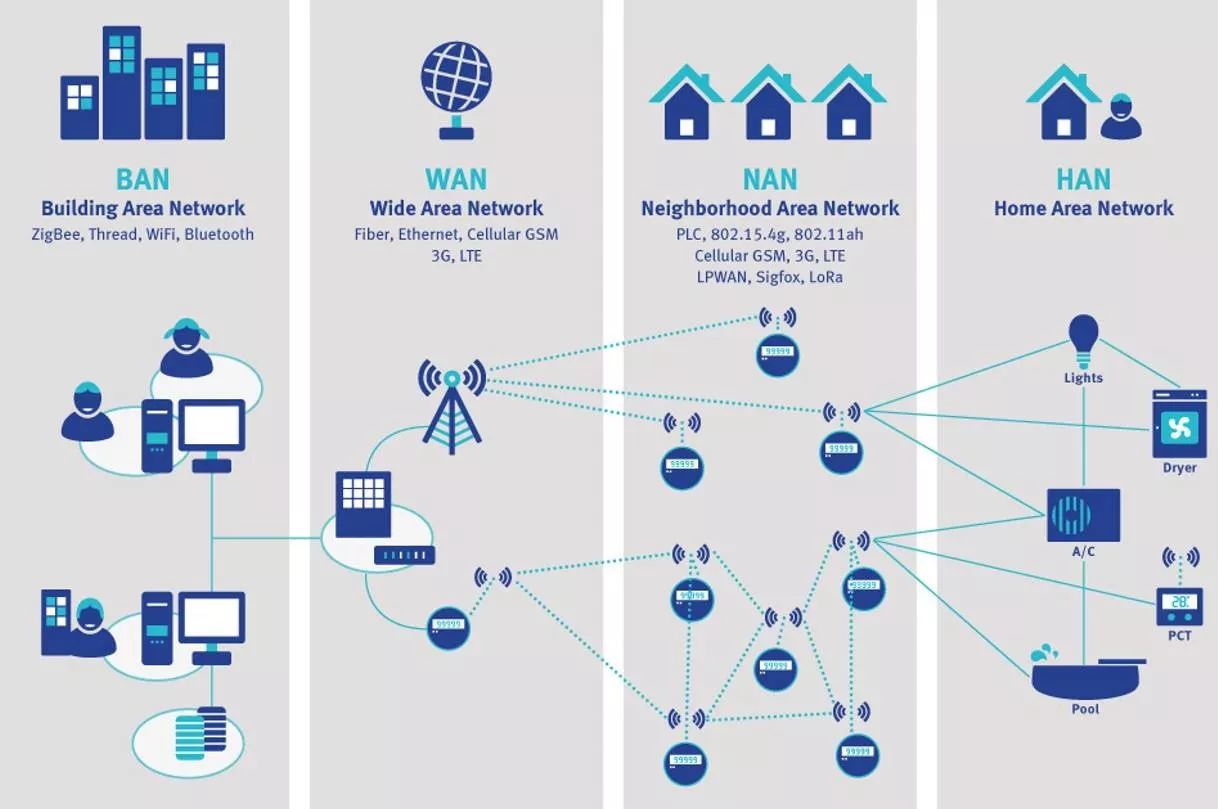
For example, taking smart home appliances as an example for analysis. When Haier launched the NB-IoT air conditioner, one point was to leverage the coverage advantage of NB-IoT to solve the configuration difficulties encountered when applying it in air conditioners.
Using short-range technologies like WIFI requires users to configure it themselves, and the matching process is quite cumbersome, involving downloading a mobile app, registering an account, logging in, and matching devices, which can be very frustrating for users. Complex operations cannot meet users’ requirements for ease of use, and over time, often lead to appliances being left unconnected due to changes in WIFI hotspots. This ultimately results in concerning usage frequency, making it impossible for manufacturers and consumers to achieve their core demands.
Compared to WIFI wireless connection technology, NB-IoT technology has significant coverage advantages, solving issues of poor signals in corners where air conditioners, refrigerators, and water heaters are located, and even in WIFI blind spots like basements, basically ensuring there are no coverage blind spots at home. The NB-IoT smart air conditioner connects directly to the cloud platform via the operator’s network, and once activated, it can automatically complete the configuration connection. When connecting to mobile terminals like smartphones, users can simply scan the QR code on the air conditioner to complete the binding in one step, achieving remote control.
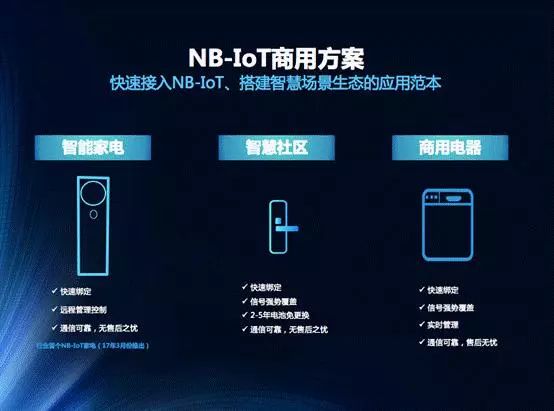
Further analysis shows that in the past, IoT scenarios using WIFI, Bluetooth, Zigbee, and other local network technologies were more about creating suitable user usage scenarios, while lacking better ways to manage the lifecycle of their products. After the commercial use of low-power wide-area networks (LPWAN) in various products, manufacturers can manage the lifecycle of products they have already sold remotely, which may lead to better business models.
That said, using both NB-IoT and WIFI communication solutions is fundamentally different from developing NB-IoT + WIFI dual-mode chips; the practical difficulty and application scenarios are different. Whether for enhancing product lifecycle management capabilities, vertically expanding existing solutions, or providing more options in complex scenarios, integrating NB-IoT and WIFI at the chip level is not a necessity.
As two entirely different technologies, NB-IoT has low power consumption and low rates, while WIFI has much higher power consumption and rates. Combining these contradictory entities on a single chip will face challenges such as high costs, difficulty controlling power consumption, and larger sizes, severely limiting application scenarios.
Sensoro’s focus remains on location-based services, with a conceptual plan that uses battery power, activating WIFI only when needed. Autumn is here, and winter is approaching; smog has returned to Beijing. Regardless, the path of integrating NB-IoT + WIFI has begun for Sensoro, and how far it can go amidst the smog remains to be seen.

If you like this column, please scan the code to treat the Queen to coffee, and the editor will pass the coffee fee to the author!

Hot articles from the past (click on the title to read directly):
-
《IoT Queen’s Heart| Cloud Computing Can’t Go On, IoT Vulnerabilities Are Running Wild, A New Savior Has Emerged》
-
《IoT Queen’s Heart| This Minefield in IoT, If You Don’t Step on It, I’ll Step on It》
-
《IoT Queen’s Heart| This Virgin Land of IAI Hides the Biggest Opportunity for Transformation Investment in Chinese Manufacturing》
-
《IoT Queen’s Heart| The New Third Board Innovation Layer Surprisingly Houses So Many IoT Companies》
-
《IoT Queen’s Heart| GE, Siemens, KUKA, Rockwell, Have Fired the First Shot in the 2017 Industrial IoT Ecological War》
